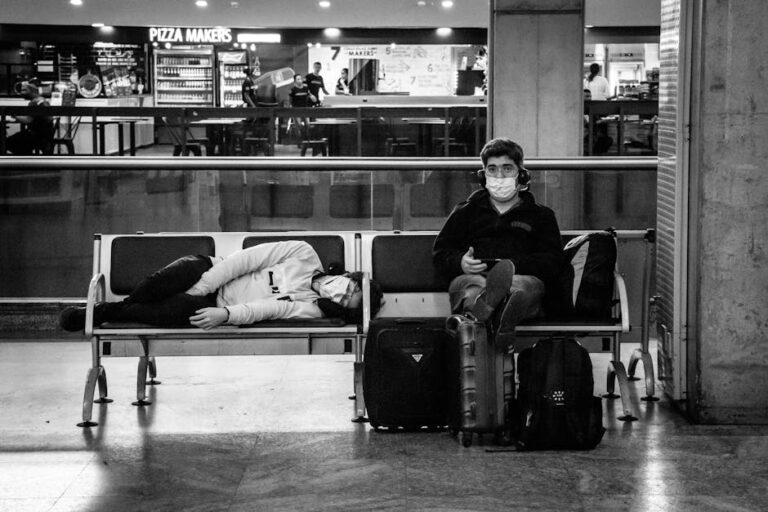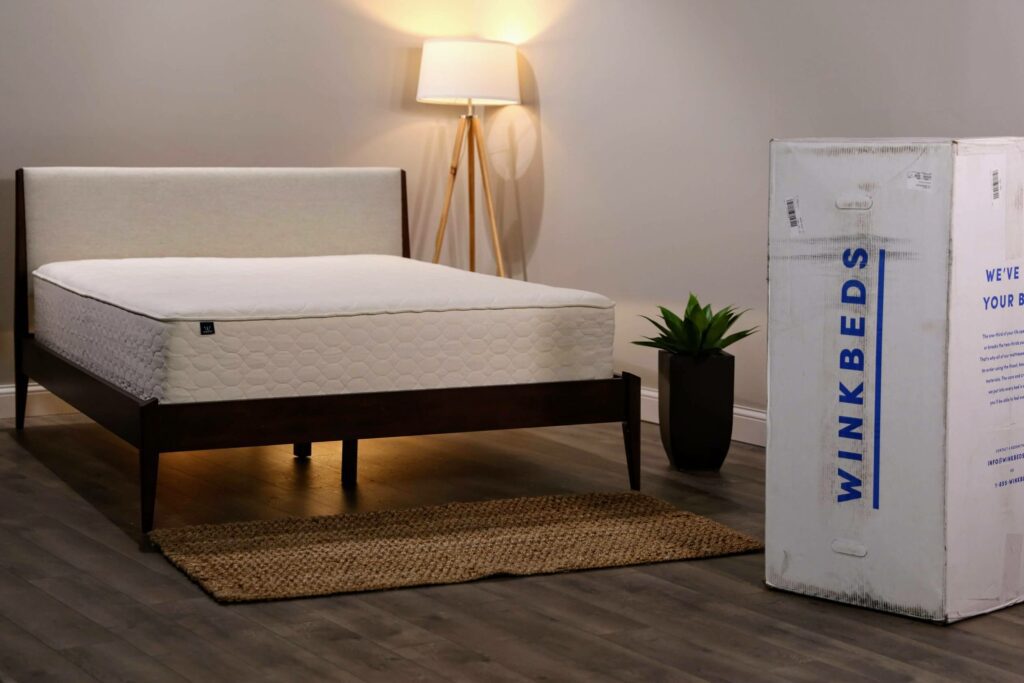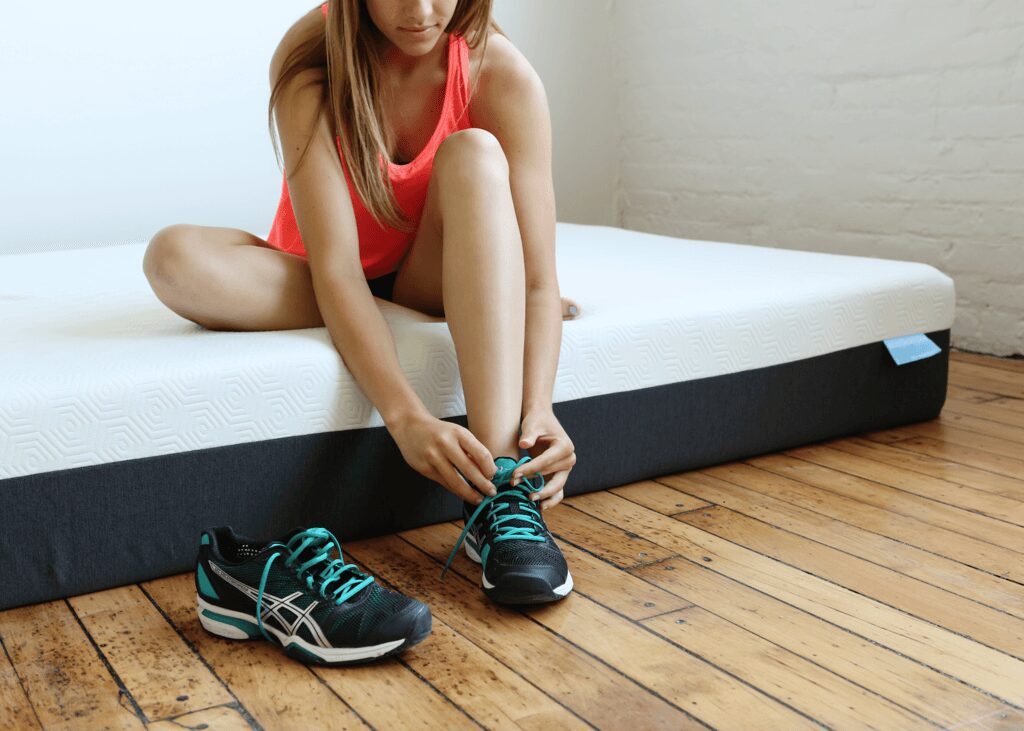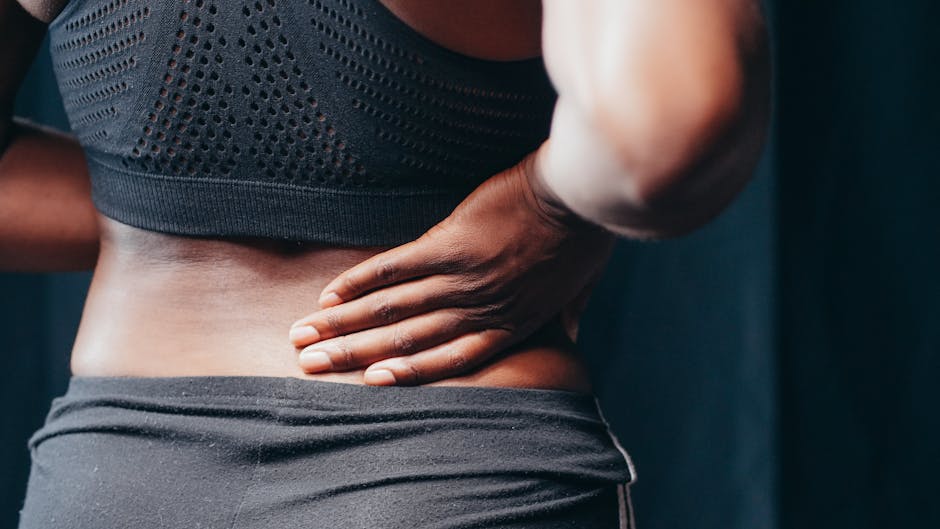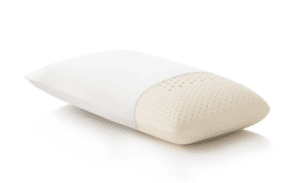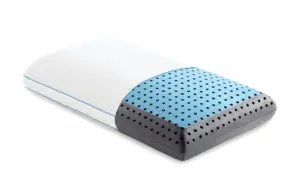How to Sleep in an Airport: 10 Best Tips for Comfortable Rest
Making the Most Out of Sleeping in an Airport
Unexpected layovers and flight delays often leave travelers with no choice but to spend the night at the airport. While how to sleep in an airport may not sound appealing, embracing a few smart strategies can transform a potentially grueling experience into a manageable and even refreshing one.
In this guide, we’ll explore effective tips to help you catch some well-deserved rest while navigating the unique challenges of airport sleeping.
Do Your Research
Preparation is crucial when planning to sleep in an airport. Familiarize yourself with the airport’s amenities and policies beforehand.
Wi-Fi and Charging Stations: Many airports provide free Wi-Fi, but often with time limits. Knowing the locations of charging stations can save you from a dead battery, especially if you need your device for an alarm or entertainment. Renowned airports like Singapore Changi and Munich International boast ample charging points.
Terminal Amenities: Each airport terminal varies in comfort. Some have designated sleeping areas, while others may not. For example, Helsinki Airport features reclined seating and sleep pods. Check airport websites or resources like SleepingInAirports.net for a preview of available amenities.
International Terminals: These often have more options for travelers, including showers and nap rooms. For instance, Tokyo Haneda’s international terminal has both showers and restful areas.
Best Airports for Sleeping
Not all airports are designed equally; some excel in providing comfortable sleeping arrangements. According to SleepingInAirports.net, the top airports for catching some Zs include:
– Singapore Changi Airport: Renowned for its cozy seating and quiet zones.
– Seoul Incheon International Airport: Offers free shower rooms and nap areas.
– Munich International Airport: Features sleep pods and designated quiet zones.
Airport Reviews: Gaining insights from fellow travelers can prove invaluable. Online platforms like Reddit’s r/TravelHacks are filled with tips and stories on effective sleeping spots.
Consider On-Site Hotels and Sleep Pods
When it comes to securing quality sleep at the airport, investing in a more comfortable setting can make a difference.
Yawnder Sleep Pods: These compact, private pods provide a tranquil environment for rest and come equipped with a cozy bed, charging stations, and workspace. They can be booked by the hour, making them perfect for short naps or extended rest periods.
Yawnder Sleep Suites: Luxury travelers might appreciate the Yawnder Sleep Suites, which offer hotel-like amenities within the airport, including private bathrooms and room service.
Airport Hotels: Many major airports house on-site hotels designed for travelers. For example, the Crowne Plaza at Singapore Changi Airport is conveniently located within the terminal, while Hilton Munich Airport offers flexible booking options.
Capsule Hotels: For budget-conscious travelers, capsule hotels provide a clean, secure space without a hefty price tag. Airports in Japan, like Narita, host capsule facilities that cater to travelers looking for comfort on a budget.
Protect Your Belongings
When trying to sleep in an airport, safeguarding your belongings is paramount:
Luggage Storage: Many airports offer secure storage options to leave your bags while you rest. Terminal facilities like London Heathrow and Amsterdam Schiphol are both safe and convenient.
Keep Valuables Close: Your passport, wallet, and phone should always be within reach. A concealed money belt or neck pouch can help thwart potential theft.
Pro Tip: Use your carry-on bag as a pillow or tuck it under your legs to maintain awareness of your belongings.
Create a Restful Environment
A cozy and quiet sleeping environment can make all the difference. Here are some essentials:
– Sleep Mask: An effective sleep mask can block out harsh airport lights, making it easier to fall and stay asleep.
– Earplugs or Headphones: Airplanes and airports can be noisy. Noise-canceling headphones can help drown out disruptive sounds, allowing you to enjoy soothing music or white noise.
– Comfortable Clothing: Choose stretchy, breathable fabrics. Layering can also help adjust to varying temperatures.
Pro Tip: Wearing socks can keep your feet warm on cold airport floors.
Set an Alarm
An alarm is crucial when your sleep risks getting interrupted. Here’s how to manage your wake-up time:
– Phone Alarm: Setting multiple alarms can ensure you wake up on time.
– Charging Devices: Always keep your devices charged to avoid oversleeping. Carry a portable charger for emergencies.
– Wake-Up Time: Account for your boarding time and aim to wake up at least an hour prior to departure.
Expect to be Woken by Security
Security checks are part of airport life, especially overnight. Always keep your boarding pass handy for quick access when security personnel come by.
Overnight Policies: Familiarize yourself with your airport’s overnight policies. Some airports encourage overnight stays while others may require you to move to designated areas.
Explore Airport Lounges
Airport lounges offer comfort and amenities that can significantly enhance your sleep experience.
– Day Pass Options: Many lounges sell day passes, granting you access to quieter environments with comfortable seating, showers, and often complimentary snacks.
– Membership Programs: Frequent travelers might consider memberships like Priority Pass, offering access to numerous lounges globally.
Bring the Right Gear
Packing the right gear is essential for a comfortable airport sleep experience:
– Memory Foam Pillow: This can provide excellent neck support, helping to alleviate stiffness.
– Weighted Blanket: The gentle pressure can evoke a sense of calm and security.
– Toiletries: Keep your small bag of essentials handy for a quick fresh-up post-nap.
Conclusion
Sleeping in an airport may not be the most desirable option, but with thoughtful planning, it can be a more pleasant experience. Focus on doing your research, protecting your belongings, creating a restful environment, and choosing the right gear to ensure you rest well.
With these tips in mind, you can enhance your airport sleeping experience and arrive at your destination feeling more refreshed. For more expert advice on improving your travel comfort, visit our Yawnder Sleep Products page. Safe travels and sweet dreams!

